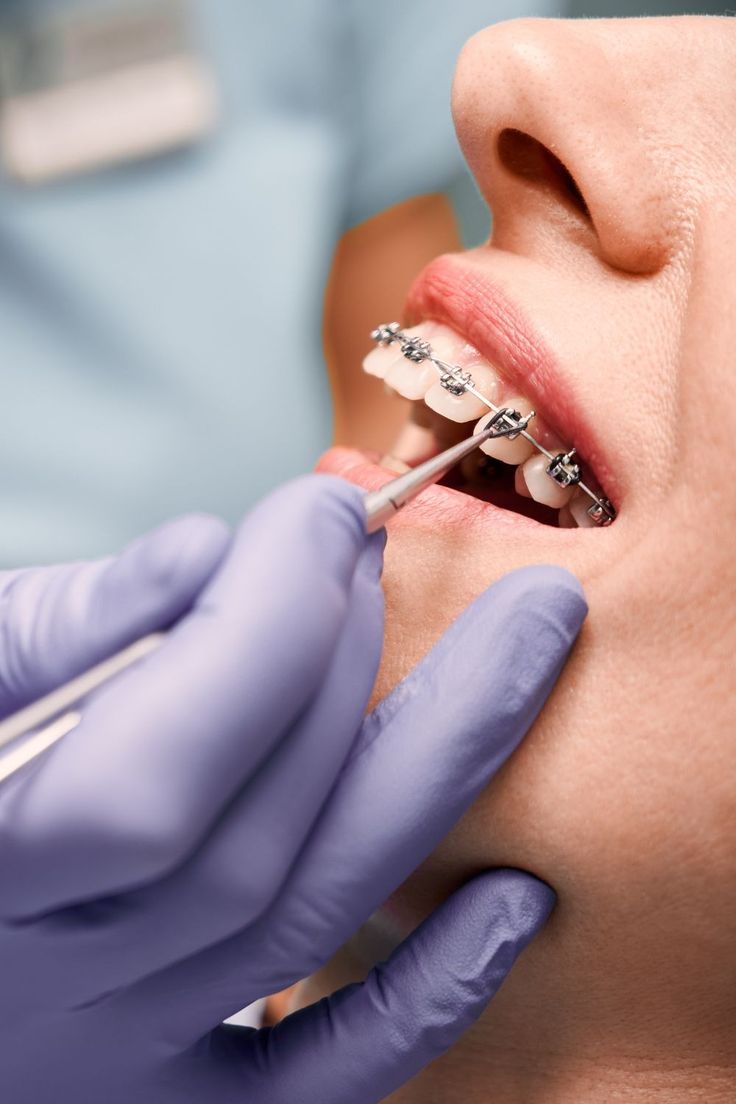Orthodontists play a vital role in dental health, specializing in diagnosing, preventing, and treating dental and facial irregularities. From braces to clear aligners, orthodontists help patients of all ages achieve better oral health, a more attractive smile, and improved confidence. Here’s what you need to know about orthodontists and the services they provide.
Who Is an Orthodontist?
Orthodontists are dental specialists with additional training beyond dental school. After earning a dental degree, orthodontists complete two to three years of specialized education in orthodontics. This extra training equips them to handle complex dental issues involving teeth alignment, bite correction, and jaw irregularities.
Orthodontists primarily focus on:
Straightening teeth: Using various orthodontic appliances like braces or aligners.
Correcting bites: Addressing issues like overbites, underbites, crossbites, and open bites.
Improving facial structure: Correcting jaw alignment for better facial symmetry and functionality.
Common Treatments Offered by Orthodontists
Braces: Traditional metal braces are one of the most common and effective methods for correcting crooked teeth and misaligned bites. They consist of brackets attached to the teeth and connected by wires, which are periodically adjusted to shift the teeth into place.
Clear Aligners: Clear aligners, such as Invisalign, are removable trays custom-made to gradually shift teeth into proper alignment. They are popular among adults and teens because they are nearly invisible and can be removed for eating and cleaning.
Retainers: After braces or aligners, orthodontists often prescribe retainers to maintain the teeth’s new positions and prevent them from shifting back to their original alignment.
Palatal Expanders: These devices are used in younger patients to widen the upper jaw, making room for teeth to grow in properly and correcting crossbites.
Surgical Orthodontics: In cases where severe jaw alignment issues are present, surgical intervention may be necessary. Orthodontic surgery is often combined with traditional braces to correct skeletal irregularities and improve function and appearance.
Reasons to See an Orthodontist
Crowded or Misaligned Teeth: If your teeth are crowded, crooked, or misaligned, an orthodontist can help straighten them, improving both aesthetics and oral hygiene.
Bite Problems: Overbites, underbites, crossbites, and open bites can cause difficulties with chewing, speaking, and even breathing. Orthodontic treatment can correct these issues and improve overall oral function.
Jaw Pain or Discomfort: If you experience discomfort or pain in your jaw, especially when eating or speaking, an orthodontist can diagnose whether it’s due to an alignment issue and recommend treatment.
Speech Impairments: Dental misalignments can sometimes cause speech difficulties. Correcting the alignment of the teeth and jaws can improve speech clarity and articulation.
Aesthetic Concerns: Orthodontic treatment not only improves dental function but also enhances facial aesthetics. A well-aligned smile can boost self-confidence and make a positive impression.
When to See an Orthodontist
Orthodontic treatment can be beneficial at nearly any age, but there are optimal times to begin certain treatments:
Children: The American Association of Orthodontists recommends that children have their first orthodontic evaluation by age 7. At this age, an orthodontist can identify potential issues and intervene early if necessary, such as using space maintainers or palatal expanders to prevent more complex problems in the future.
Teens: Most orthodontic treatments, including braces and aligners, are commonly started during the teenage years when most of the adult teeth have come in. This is a key period for correcting bite and alignment issues as the jaw is still developing.
Adults: It's never too late for orthodontic treatment. Many adults seek orthodontic care to improve their smiles or address long-standing bite issues. Modern orthodontic treatments, like clear aligners, make it easier for adults to achieve straight teeth without the appearance of traditional braces.

Benefits of Orthodontic Treatment
Improved Oral Health: Straight teeth are easier to clean, reducing the risk of tooth decay, gum disease, and other dental issues.
Enhanced Function: Orthodontic treatment can improve your ability to chew, bite, and speak properly.
Increased Confidence: A well-aligned smile can boost self-esteem and confidence in social and professional settings.
Reduced Wear and Tear: Properly aligned teeth experience less wear and tear, reducing the risk of chipping, cracking, or other damage over time.
Jaw Health: Correcting bite and alignment issues can alleviate strain on the jaw, reducing the risk of jaw pain or temporomandibular joint (TMJ) disorders.
Choosing the Right Orthodontist
When seeking orthodontic care, it's important to choose the right specialist for your needs. Consider the following factors:
Experience and Credentials: Make sure the orthodontist is board-certified and has the proper training and credentials to provide specialized care.
Treatment Options: Different orthodontists offer various treatment options, including traditional braces, clear aligners, and more advanced techniques. Make sure your orthodontist provides the options that align with your needs.
Patient Reviews: Reading reviews or asking for referrals can help you gauge the quality of care provided by a specific orthodontist.
Comfort and Communication: You’ll be working with your orthodontist for an extended period, so it’s important to feel comfortable with them. Choose an orthodontist who takes the time to explain treatment options clearly and addresses your concerns.
Technology and Facilities: Advanced technology, such as digital imaging and 3D modeling, can enhance the accuracy and effectiveness of orthodontic treatment. Look for an orthodontist who stays up-to-date with the latest innovations.











